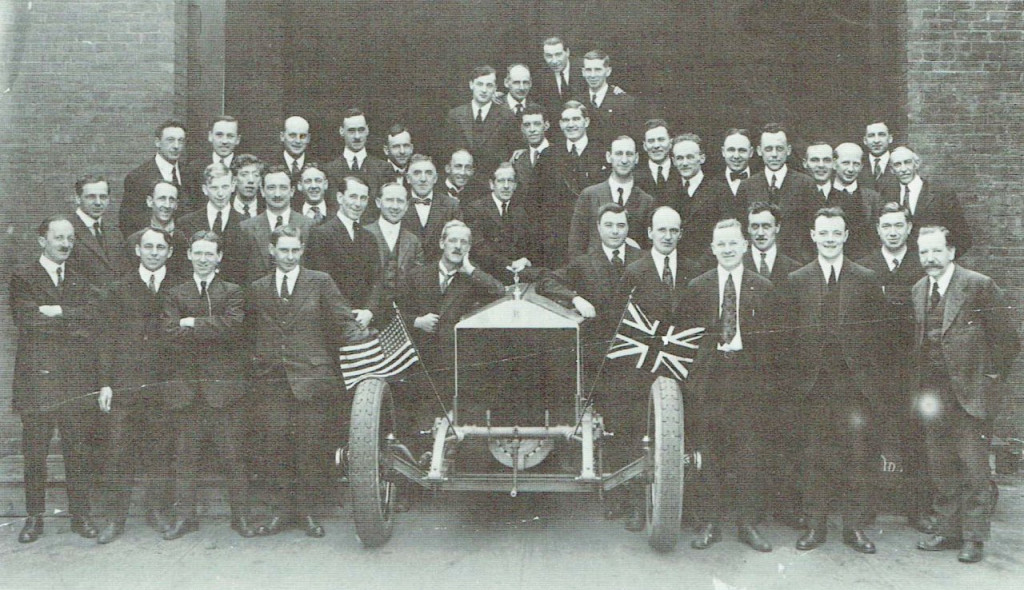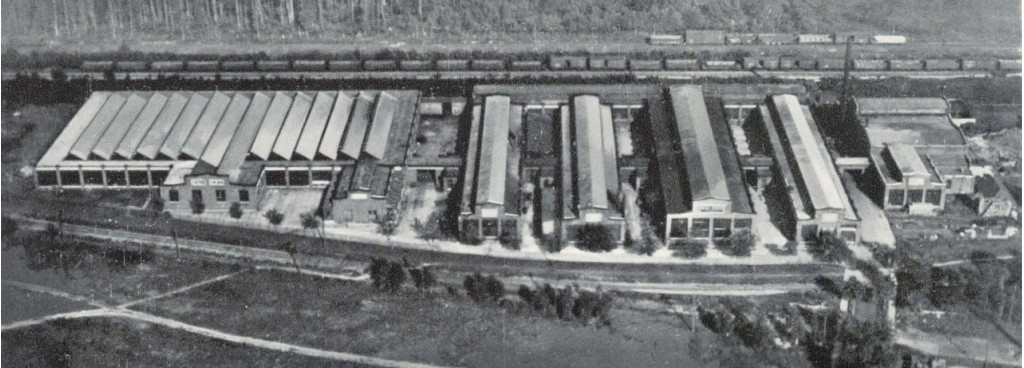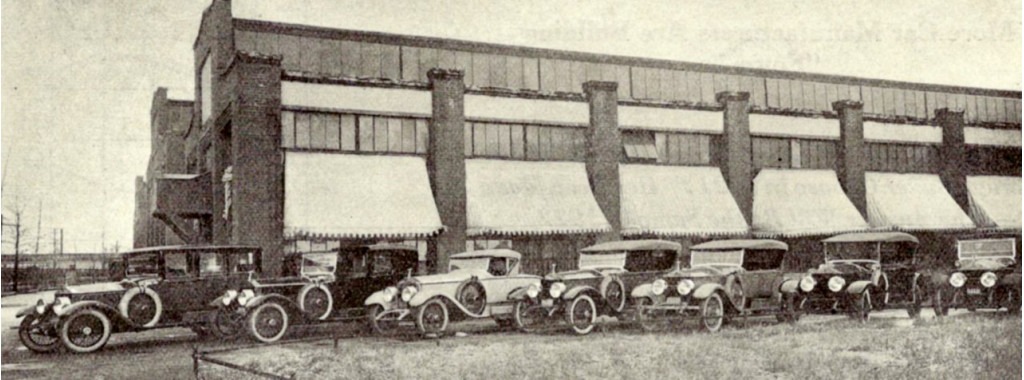On January 17, 1921, a Rolls-Royce Silver Ghost rolled off an assembly line, but it wasn’t in Derby, England. Instead, that car and 2,945 that followed were assembled in Springfield, Massachusetts, USA.
“These Rolls-Royce ‘Springfield’ Motor cars benefited from the creativity of US coachbuilders including Brewster, Willoughby, Merimac and Hollbrook, and brought us some wonderful early commissions,” the British automaker noted in a news release celebrating the centennial of its American production effort.
From that start in 1921 and until the Springfield workshop closed in 1931 because of the Depression, 2,946 Rolls-Royce vehicles were assembled in New England. Among them were 1,703 Silver Ghosts, which joined the ‘Springfield Phantom’ in 1925.

Springfield assembly plant supervisory staff poses with the first US-constructed Silver Ghost
Owners of the Springfield Rolls-Royces include President Woodrow Wilson, the Guggenheim and Bloomindale families, “and perhaps the most famous,” Rolls-Royce notes, “fictional Socialite Jay Gatsby with his 1922 Silver Ghost.”
After World War I, Charles Stewart Rolls’ partner Charles Johnson (Henry Royce lived until 1933, but was in ill-health after 1912), saw that the US market was in better condition than the British economy and saw assembly in the US as a way to avoid duties that made the cars even more expensive for American customers. So in 1919, Rolls-Royce purchased the American Wire Wheel Co. factory building in Massachusetts.

The Springfield assembly plant

Cars ready for delivery in 1922
Building cars in America didn’t make them all that much less expensive. Prices ranged from $12,930 to $15,880, making the Springfield cars the most expensive of American-made vehicles.
The first 25 cars were produced entirely of imported parts, but afterward, the coachwork for the Springfield-built cars was produced in the US. Various American coachbuilders provided bodies. Rolls opened its own body-building workshop in 1923 and in 1926 acquired Brewster, a leading American coachbuilding firm whose work was popular with Rolls’ customers.
This article, written by Larry Edsall, was originally published on ClassicCars.com, an editorial partner of Motor Authority.
